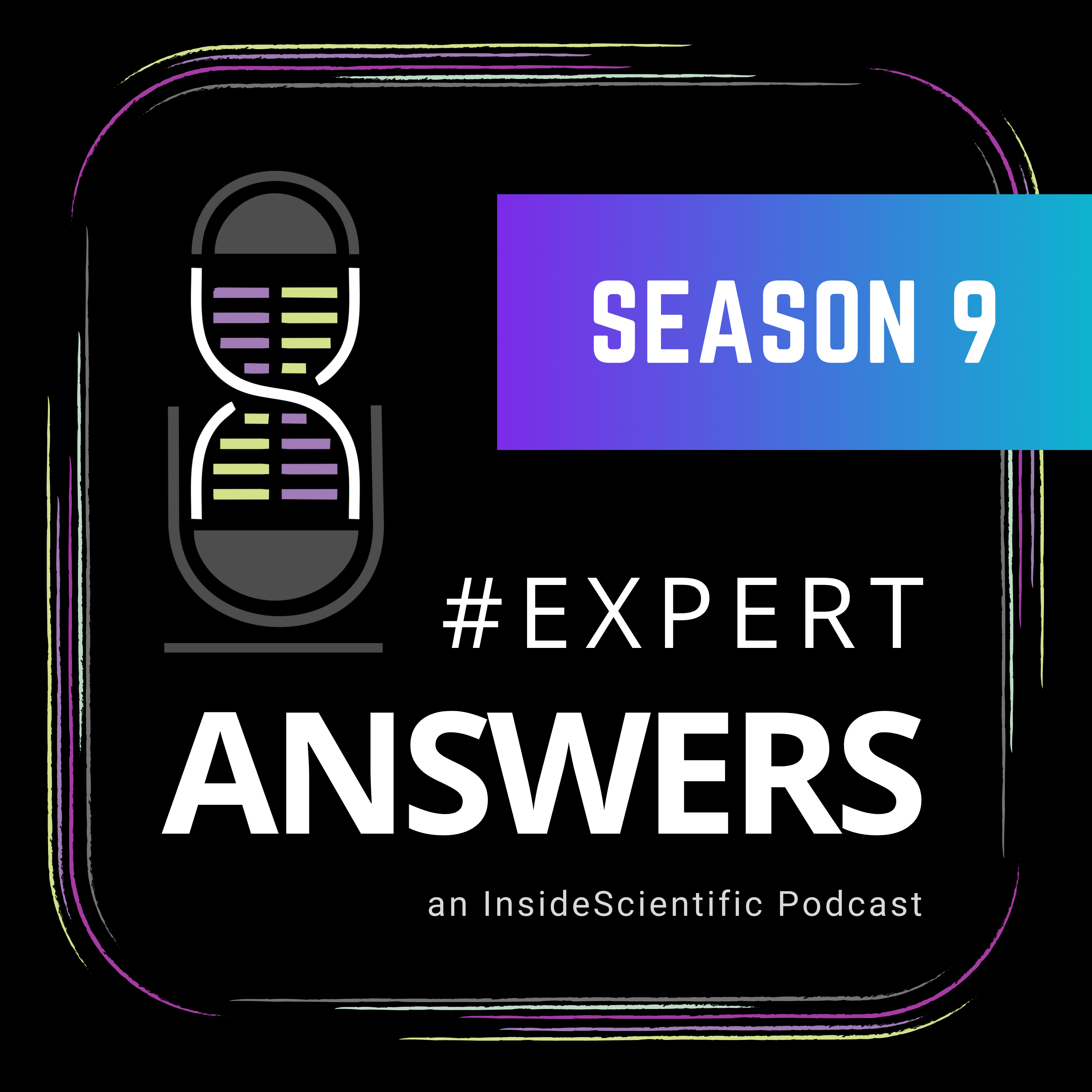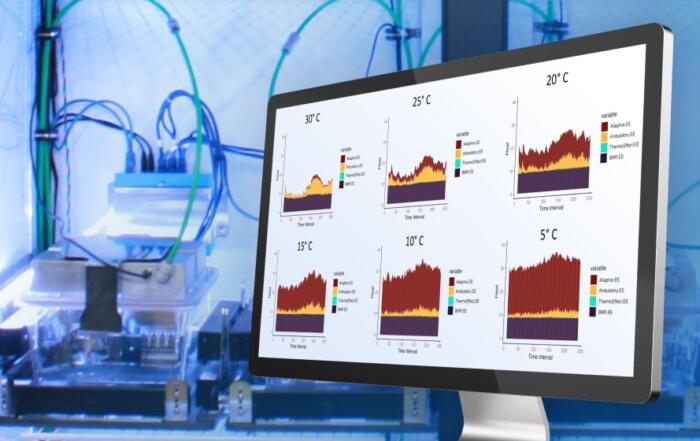In this webinar, Professor Jun Seok Son describes the benefits of exercise during pregnancy for offspring metabolic health outcomes, and introduces a treadmill exercise protocol for pregnant mice.
Highlights
- Overview of brown, white, and beige adipose tissue
- Effects of acute and chronic exercise on metabolic health
- Beneficial effects of maternal exercise on fetal and offspring health outcomes
- Treadmill exercise protocol for pregnant mice
- Effects of various placentokines on fetal metabolic health
Webinar Summary
Many environmental factors can influence fetal health; for example, a high calorie diet may induce maternal obesity (MO), which in turn may lead to fetal or offspring metabolic reprogramming as well as metabolic dysfunction later in life. In contrast, exercise is beneficial for maternal and offspring health, can protect against the negative impacts that are caused by MO, and has a long-lasting effect on offspring metabolic homeostasis. In this webinar, Professor Son describes these benefits, and also introduces an exercise protocol for pregnant mice.
“My lab aims to figure out what is really going on during metabolic adaptation or maladaptation at the molecular level … in response to exercise and pregnancy.”
To answer how maternal exercise (ME) during pregnancy prevents fetal metabolic reprogramming and helps keep offspring healthy, Professor Son first focuses on brown adipose tissue (BAT) and skeletal muscle. BAT is a great model for investigating mitochondrial biology in mammals because it is dense in mitochondria, which generate most of the chemical energy that is required for cellular biochemical actions. One of its main functions is thermogenesis, and Professor Son explains the underlying uncoupling protein 1 (UCP1)-dependent and -independent mechanisms. Many studies have shown that exercise training enhances the functional role of BAT. In contrast to BAT, white adipose tissue (WAT) has a low density of mitochondria and is essential for energy storage. Subcutaneous WAT can be adapted to a BAT phenotype (i.e., “beige fat”), which is accelerated by exercise training. Beige fat is similar to BAT in terms of mitochondrial density, energy dissipation, and thermogenesis.
“So why and how can physical activity stimulate tissue development and adaptation?”
Acute exercise dramatically increases gene expression, but its half-life is very short. In contrast, regular chronic exercise training gradually increases the baseline of gene expression and its protein levels, and target molecules are continuously produced outside of exercise. The health benefits of physical activity are closely associated with the change in molecular baselines. In particular, many studies and meta analyses have shown that exercise training is beneficial for pregnant women.
“People with physically active lifestyles during pregnancy, no matter maternal weights such as normal weight or obese weight, have advantages for children such as birth weight management, prevention of pre-term birth, and [prevention of childhood] obesity.”
Professor Son next describes voluntary wheel running and forced treadmill exercise, two exercise models that are commonly used for mice, as well as their strengths and limitations. Since Professor Son aimed to control exercise duration and intensity in these experiments, forced treadmill exercise was chosen. Additionally, Professor Son used the proposed exercise guidelines for pregnant women to determine what protocol to use for the pregnant mice, which is described in detail. Mice were also kept as stress-free as possible during treadmill running, and a representative video of the running protocol is provided.
In the first study described, obesity was induced in offspring following weaning to determine the preventative effects of ME on offspring metabolic maladaptation. Indirect calorimetry was performed using the Comprehensive Lab Animal Monitoring System (CLAMS) by Columbus Instruments. Interestingly, ME was found to prevent the increase of body weight in female offspring, but not male offspring, and also protected offspring from hepatic steatosis, reduced adipose tissue mass, and enhanced brown and beige fat thermogenesis. Additionally, ME offspring demonstrated better glucose tolerance than the control group. Taken together, these data suggest that ME can control offspring metabolic health.
“So far, we are saying that exercise [during] pregnancy … positively controls the metabolism of offspring, so how does ME mediate fetal development?”
To address this question, Professor Son investigated the placenta as a mediator of ME effects on offspring health because it delivers oxygen and nutrients from the mother to the fetus. The placenta secretes molecules such as peptides, microRNAs, and hormones (i.e., placentokines), which are released into fetal circulation. Profesor Son provides a detailed overview of some relevant placentokines, including apelin, superoxide dismutase 3 (SOD3), adiponectin, and irisin. Both apelin and SOD3 have been reported as ME-dependent secreted hormones in the placenta, while adiponectin and irisin have not yet been reported as such.
“I think considering the important roles of adiponectin and irisin in metabolic health, they may be alternative targets as maternal exercise-dependent placentokines.”
Professor Son focused on apelin to investigate the metabolic capacity of offspring in response to ME. Apelin is beneficial in regulating metabolic health; it has been shown to reduce body weight and adiposity in obese and insulin-resistant mice, and enhance glucose metabolism and insulin sensitivity. ME has been reported to increase circulating apelin in both the mother and fetus. In the same study that was previously described, Professor Son performed daily apelin injections during mouse pregnancy and conducted transcriptome analysis on fetal BAT; results from these experiments suggested that apelin partially imitates the beneficial effects of ME on fetal BAT and mitochondrial activity. In a second study, Professor Son determined that apelin treatment during pregnancy also reprograms fetal muscular development similarly to BAT; the Oxymax Modular Treadmill System by Columbus Instruments was used for these experiments.
The last study that Professor Son presents investigated the impacts of MO and ME on non-shivering thermogenesis (NST). Fetal muscle has unique calcium activity that involves sarcolipin; increased sarcolipin levels lead to a higher cytosolic calcium ion concentration which stimulates UCP3 thermogenesis. Data from this study demonstrated that MO decreases sarcolipin gene expression and its protein levels in fetal and offspring muscle. However, ME was shown to prevent the adverse effects of MO on sarcolipin and related muscle thermogenesis. ME also protected against surface temperature decreases in neonates at postnatal day one that was caused by MO. Additional data demonstrated that apelin stimulates sarcolipin and UCP3 expression through AMP-activated protein kinase α1 activation.
In conclusion, Professor Son demonstrated that ME reprograms fetal BAT and muscle development through hormones that are secreted from the placenta. Apelin supplementation during pregnancy partially mirrors the beneficial effects of ME on fetal BAT and muscle mitochondrial biogenesis and thermogenesis. Lastly, exercise-dependent placenta-derived hormones may be therapeutic targets for overcoming pediatric metabolic dysfunction.
Resources
Q&A
- Could a motorized wheel or one with adjustable resistance be used as a less stressful alternative to a treadmill?
- Why were only female offspring protected from diet-induced obesity with ME?
- Were there differences in male and female offspring daily energy expenditure?
- Do you believe that voluntary wheel running versus treadmill wheel running will result in different placentokines?
- How long do you think metabolic changes in the offspring will last?
- Is apelin release dependent on exercise intensity?
- How do you overcome mice not wanting to run during treadmill training?
- How can you achieve getting obese mice pregnant?
- Do you think ME mimics a hostile ex utero environment that programs the fetus to adopt a “thrifty” metabolism to ensure survival?
- Do males also generate those placental cytokines or hormones?
- How do you discriminate between placentokines and hormones if they’re not tissue-specific?
- Which of the three thermogenic mechanisms promoted through ME is the most important?
- From a drug metabolism and pharmacokinetic perspective, have the activities of drug-clearing enzymes been evaluated in the pups?
To retrieve a PDF copy of the presentation, click on the link below the slide player. From this page, click on the “Download” link to retrieve the file.
Presenters
Assistant Professor
OB/GYN and Reproductive Sciences
University of Maryland School of Medicine









